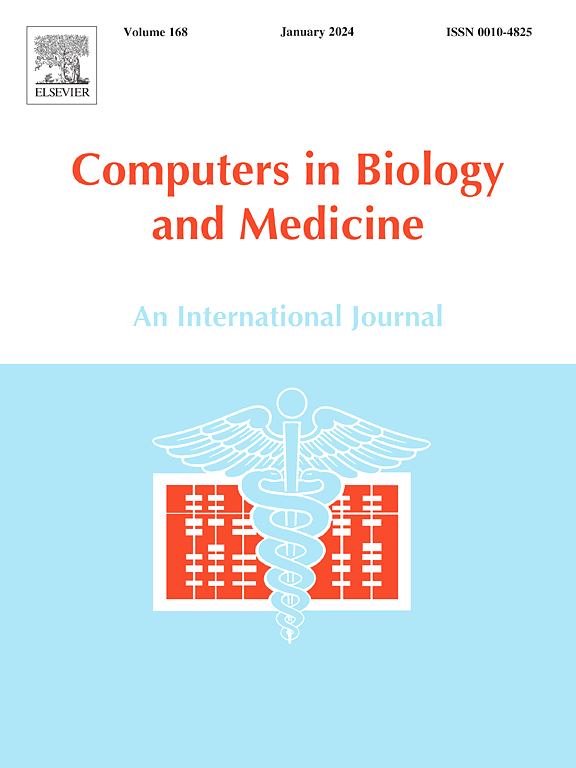Towards real-world clinical data standardization: A modular FHIR-driven transformation pipeline to enhance semantic interoperability in healthcare
IF 7
2区 医学
Q1 BIOLOGY
引用次数: 0
Abstract
Background:
Given the exponential increase in clinical data, which accounts for around 30% of global data volume, effective information management has become crucial to ensuring robust interoperability. This trend is further expedited by implementing consumer-oriented Internet of Things platforms, contributing to the growth of the $8.3 trillion healthcare industry. These advancements, combined with challenges such as heterogeneous data formats and a lack of incentives, necessitate the development of pragmatic infrastructures and tools that harness contemporary clinical standards like Fast Healthcare Interoperability Resources (FHIR).
Objective:
This study aims to present a modular conversion pipeline employing a templating strategy for translating clinical data into the FHIR model. Emphasis is placed on utilizing a standard mapping specification like FHIR Mapping Language. This ensures essential properties such as platform independence, portability, and code reusability.
Methods:
The pipeline was developed incrementally, dividing its core functionalities into five modules: Input, Refinement, Mapping, Validation, and Export. These were subsequently validated by converting a dataset from a prosthetic fitting and rehabilitation center to demonstrate the approach’s validity in a real-world data context.
Results:
A total of 1962 hospital stay records of 1006 unique patients were converted successfully to 15 distinct types of FHIR resources. The successful conversion states the pipeline’s effectiveness, additionally showcasing its capabilities for enhancing semantic interoperability and facilitating the reuse of real-world data.
Conclusion:
Our approach emerges as a modular data conversion framework that addresses the limitations of existing solutions, making significant contributions to the creation of standardized, interoperable, and high-quality clinical datasets that serve as a foundation for further work.

求助全文
约1分钟内获得全文
求助全文
来源期刊

Computers in biology and medicine
工程技术-工程:生物医学
CiteScore
11.70
自引率
10.40%
发文量
1086
审稿时长
74 days
期刊介绍:
Computers in Biology and Medicine is an international forum for sharing groundbreaking advancements in the use of computers in bioscience and medicine. This journal serves as a medium for communicating essential research, instruction, ideas, and information regarding the rapidly evolving field of computer applications in these domains. By encouraging the exchange of knowledge, we aim to facilitate progress and innovation in the utilization of computers in biology and medicine.
 求助内容:
求助内容: 应助结果提醒方式:
应助结果提醒方式:


